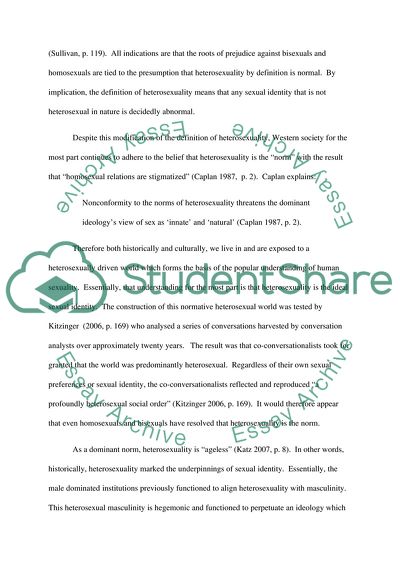Cite this document
(Understanding of Human Sexuality Term Paper Example | Topics and Well Written Essays - 2750 words, n.d.)
Understanding of Human Sexuality Term Paper Example | Topics and Well Written Essays - 2750 words. Retrieved from https://studentshare.org/sociology/1748761-communicating-sexuality
Understanding of Human Sexuality Term Paper Example | Topics and Well Written Essays - 2750 words. Retrieved from https://studentshare.org/sociology/1748761-communicating-sexuality
(Understanding of Human Sexuality Term Paper Example | Topics and Well Written Essays - 2750 Words)
Understanding of Human Sexuality Term Paper Example | Topics and Well Written Essays - 2750 Words. https://studentshare.org/sociology/1748761-communicating-sexuality.
Understanding of Human Sexuality Term Paper Example | Topics and Well Written Essays - 2750 Words. https://studentshare.org/sociology/1748761-communicating-sexuality.
“Understanding of Human Sexuality Term Paper Example | Topics and Well Written Essays - 2750 Words”. https://studentshare.org/sociology/1748761-communicating-sexuality.


